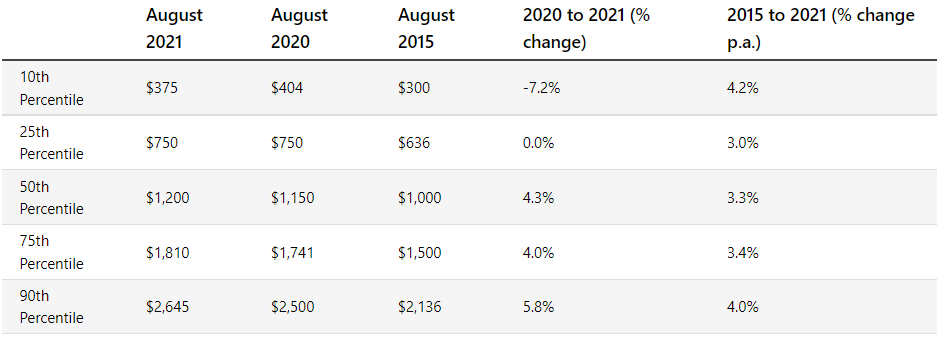ACTU secretary Sally McManus says skills and immigration are among the issues that unions want to discuss at the new federal government’s employment summit.
Michael Wright, the acting national secretary of the Electrical Trades Union, contends that the minimum income for temporary skilled visa holders, which has been frozen for a decade, is set far too low at $53,900. He argues that it needs to be set well above full-time average weekly earnings – i.e. above $90,000 – in order to be credible.
Wright has also called for strong labour market testing to ensure that local workers are given priority to fill vacancies.
From The AFR:
“To be credible the threshold needs to be well above full-time average weekly earnings,” Mr Wright said. “There can’t be a genuine ‘skills shortage’ if the wages are below the median”…
A push to lift the income threshold for temporary skilled migrants would clash with the demands of the hospitality industry or regional employers who find it harder to attract workers.
Full-time average earnings were $1748 a week, according to 2021 data, or about $90,900 a year. They were just $63,336 for hospitality…
Australian Chamber of Commerce and Industry chief executive Andrew McKellar warned that any “excessive increase” to the income threshold “risks inadvertently excluding occupations that might otherwise be eligible for skilled migration”.
“This could include occupations experiencing widespread staff shortages such as chefs, motor mechanics and hairdressers, while disproportionately affecting businesses in rural and regional areas,” he said…
Grattan economic policy director Brendan Coates said raising the income threshold too far would “practically knock out the entire cohort of the hospitality industry”.
“If the temporary income threshold was raised to $90,000 you would knock out 60 per cent of temporary skilled visa workers today,” he said.
Well done unions.
Regular readers will recognise that the unions’ policy is almost identical to mine, except that I believe that labour market testing is no longer required if the skilled migrant salary floor is raised to a sufficient level – well above the median full-time salary (currently $83,000, according to the Grattan Institute).
The only policy change the federal government needs to make is to set the migrant wage floor at the 75th percentile of median earnings, which was $94,120 as at August 2021 according to the ABS (see table below). Then let businesses have at it.

Setting the migrant salary threshold at this level would ensure that Australian businesses only hire foreign workers to fill highly skilled professions, while also eliminating the need for labour market testing or maintaining bogus skilled occupation lists.
By raising the quality bar, these reforms would reduce immigration flows, which is what Australians want, while maximising benefits to the economy and federal budget.
Sadly, we all know the business lobby would never support such a wage floor as it would undermine its goal of suppressing wages to maximise profits.
The business lobby instead wants an expansion of the pre-COVID mass immigration model, which Alan Kohler explained was “largely an industrial strategy designed to suppress wages and to protect the project they had to crush unions”.
Basically, the business lobby wants the immigration equivalent of WorkChoices 2.0.
The bigger question is why the Grattan Institute also supports unfettered low wage ‘skilled’ migration?
Maybe it is because Grattan is a stealth ‘Big Australia” lobbyist for the business sector. Always follow the money.
Hopefully, the Albanese Labor Government backs the unions, not the business lobby or Grattan Institute.

